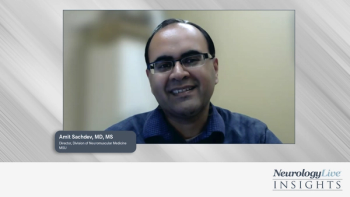
Karen J. Nolan, PhD: Translational Research Into Neurorehabilitation Exoskeletons
The senior research scientist in the Center for Mobility and Rehabilitation Engineering Research at Kessler Foundation shared insight into the work she and her colleagues are doing to try to revolutionize the way exoskeletons can improve neurorehabilitation and gait challenges.
“We can really start to understand the robot-human interaction—we start to look at how the robot is affecting human movement, how it helps sequence the limbs, how it can strengthen the lower legs, how it can change muscle firing, how it can change loading patterns…We want to really understand the physics of human movement and how we’re changing patient’s movements.”
Karen J. Nolan, PhD, senior research scientist, Center for Mobility and Rehabilitation Engineering Research, Kessler Foundation, has a background in biomechanics. Attempting to understand the mechanical laws which operate within the movement of humans is what she and colleagues are currently doing in their research.
In a conversation with NeurologyLive, Nolan discussed the research she is doing in studying the safety and feasibility of using exoskeletons as an extension of the neurorehabilitation process, essentially allowing patients quicker improvements. To better understand this process, the Center’s staff is studying the ways that the exoskeletons interact with human body parts during use.
She explained that by learning the mechanical implications of the pieces of this process—for example, weight loading during walking—can allow for the group to produce better robotic parts and, in turn, understand how exactly patient movement is being altered at the core.
Newsletter
Keep your finger on the pulse of neurology—subscribe to NeurologyLive for expert interviews, new data, and breakthrough treatment updates.




































